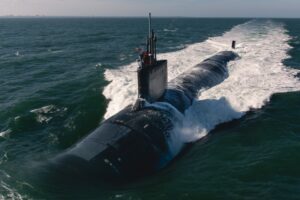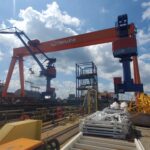
The Chief of Naval Operations (CNO) this week said the government is trying to get the defense industrial base in a position where it can increase production to reach the current goal of two attack submarines (SSNs) per year plus additional vessels in the future to support Australian sales as part of the AUKUS agreement. CNO Adm. Mike Gilday said the Defense Department and Congress are putting “significant investment” to support the industrial base, namely adding $650 million to the…

 By
By 










